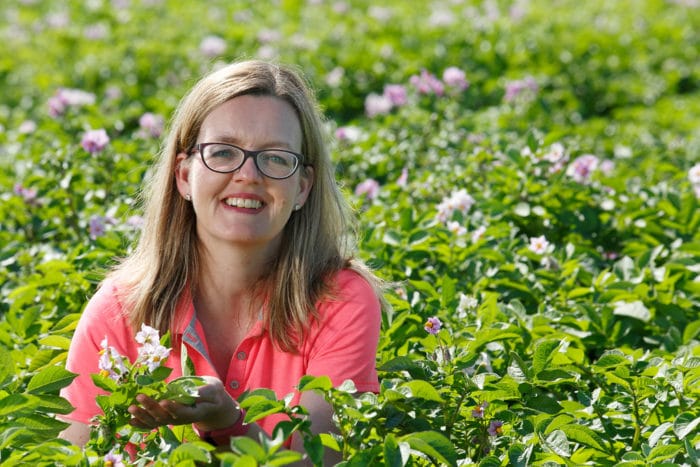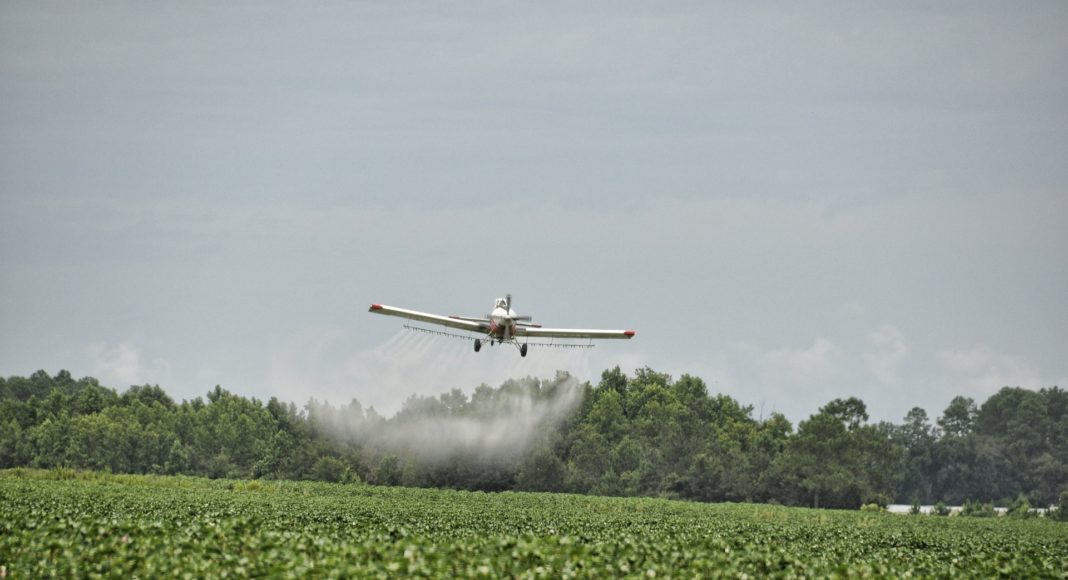The potato industry is viewing the latest PMRA decision as a good sign for growers.
With major uses of clothianidin and thiamethoxam still available to Canadian potato growers, the industry is seeing Health Canada’s Pest Management Regulatory Agency’s (PMRA) latest decisions as favourable.
“I think it’s a positive response. For the potato industry, obviously, there are some changes that will be happening with respect to potato uses. But being able to maintain seed treatment uses for both of those insecticides is very positive because they do remain as the mainstay for insect management, particularly for Colorado potato beetle,” Tracy Shinners-Carnelley, vice president of research and quality at Peak of the Market and a member of the Canadian Horticultural Council’s crop protection advisory group, says in a phone interview.
Thiamethoxam saw its soil drench potato application cancelled and foliar application number reduced to one per year. Clothianidin’s in-furrow application was cancelled but it’s still allowed for a single foliar application per season at a 52.5 g a.i. Both have new or revised spray buffer zones. Label updates for the new usage requirements must be made by two years after the decision date of March 31, 2021.
According to Shinners-Carnelley the reductions should be manageable. It’s been a recommendation in the industry for years that if you do use a neonicotinoid (neonic) seed treatment or in-furrow application, you shouldn’t be using it as a foliar application.

“This is something that predominantly the industry used as a seed treatment. And fortunately, over the last number of years, we have had some other foliar insecticides get registered in other classes of chemistry, some non neonics that fit well as part of an insect management strategy,” Shinners-Carnelley explains.
The seed treatment use for clothianidin has been maintained which is its main use for potato. The in-furrow cancelation may affect growers though as Shinners-Carnelley has heard some still use it. She hopes though they can transfer into using the seed treatment version instead.
The decisions were reached following environmental risk assessments over the past few years. The review process of these two products, along with imidacloprid, all classified as neonics, began in 2016. At the time the Canadian government proposed a phase-out of all agricultural uses of imidacloprid, as the insecticide was accumulating in ponds, creeks and other water bodies near agricultural land. Two years later the same phase-out recommendation was made for thiamethoxam and clothianidin. The European Union has previously banned neonic use.
There have been other notable PMRA decisions for the potato industry over the last few years. In 2018, chlorothalonil saw its usage restricted to three applications of the fungicide on potato crops per year. Other measures were added to the label to reduce exposure to workers who prepare and apply the pesticide, as well as those who spend time in a field after it’s been sprayed. In 2020, the PMRA ruled mancozeb was still allowed for ground and aerial foliar application on potatoes but seed treatments were cancelled.
“This is the positive step where we need to remain hopeful that as the subsequent decisions come down on other special reviews, or in the re-evaluation, that we continue to maintain these current uses on potato,” Shinners-Carnelley says.
The potato industry is still awaiting the final decision on imidacloprid which is the active ingredient in Admire, Alias and Concept — it’s expected by June.











